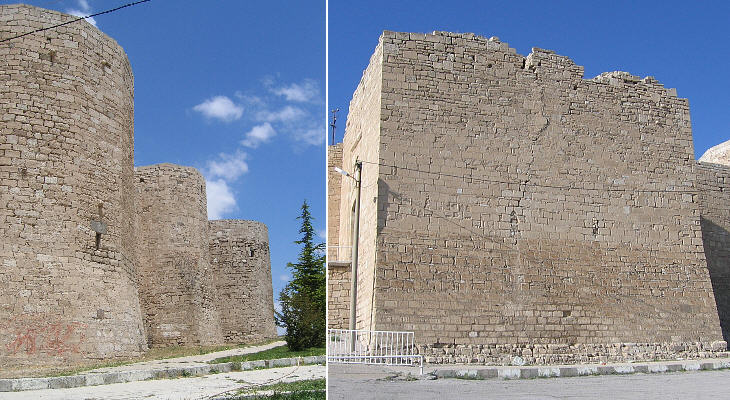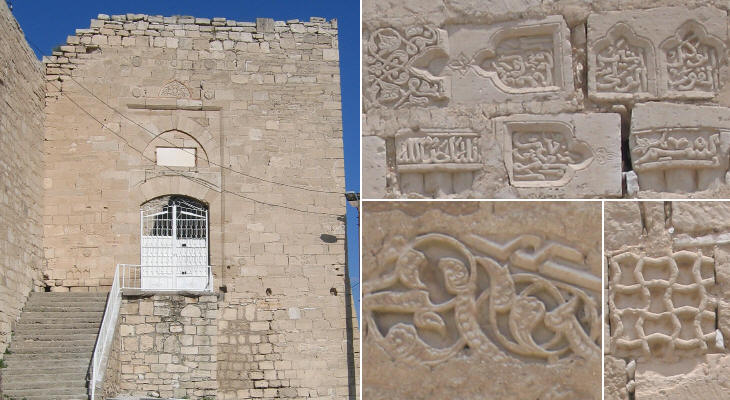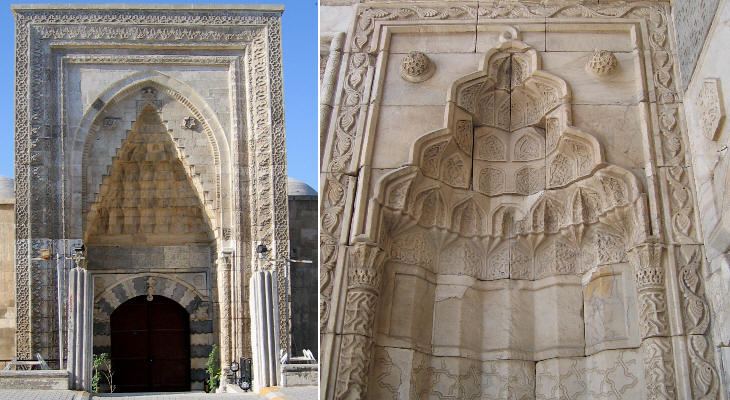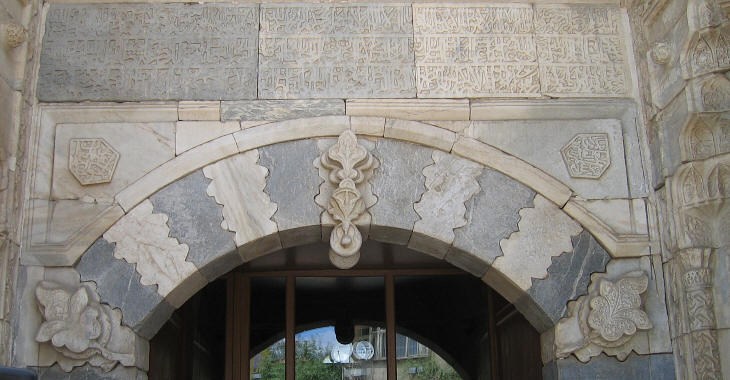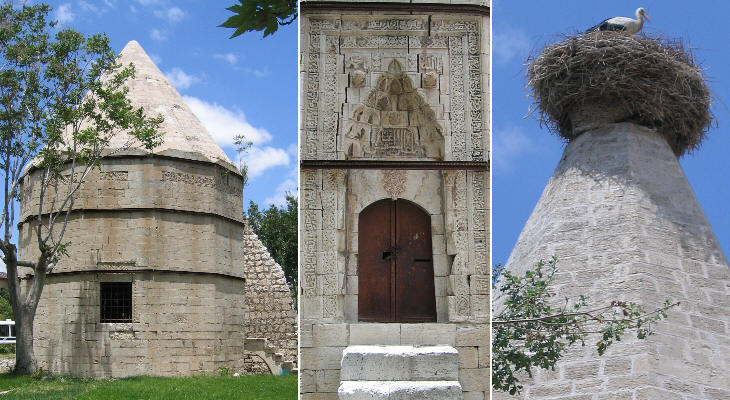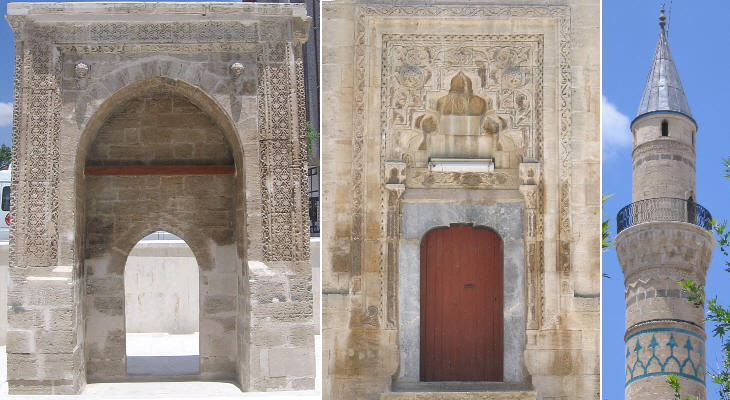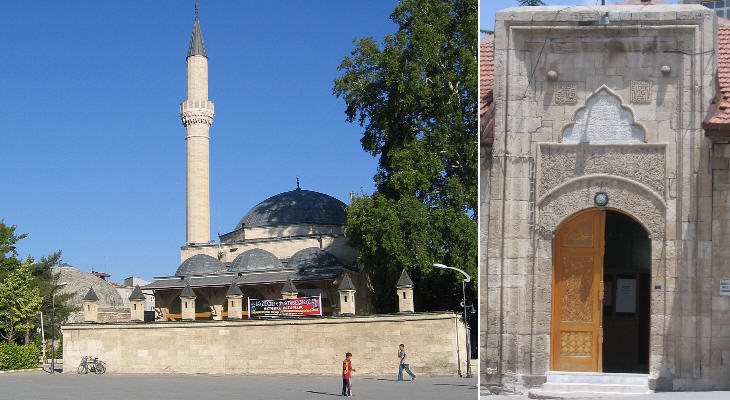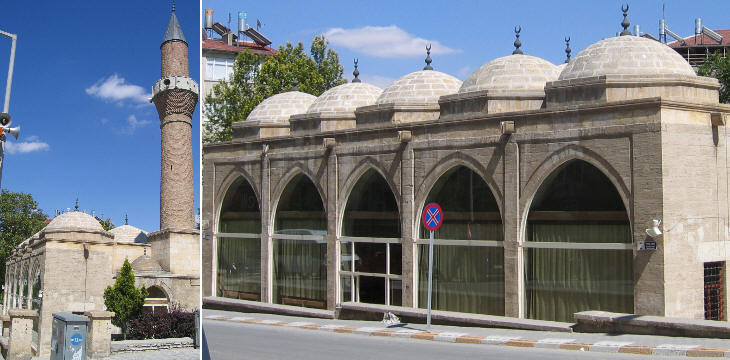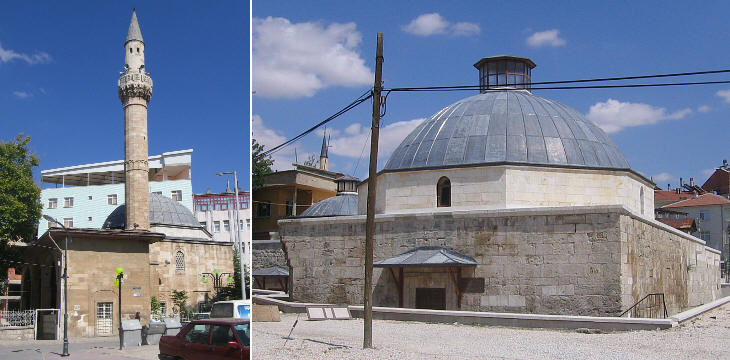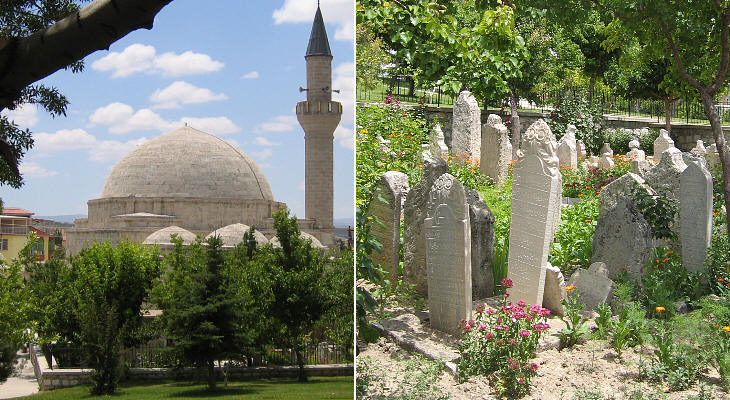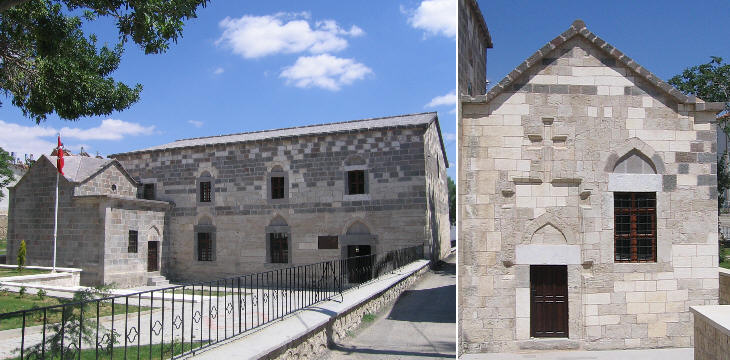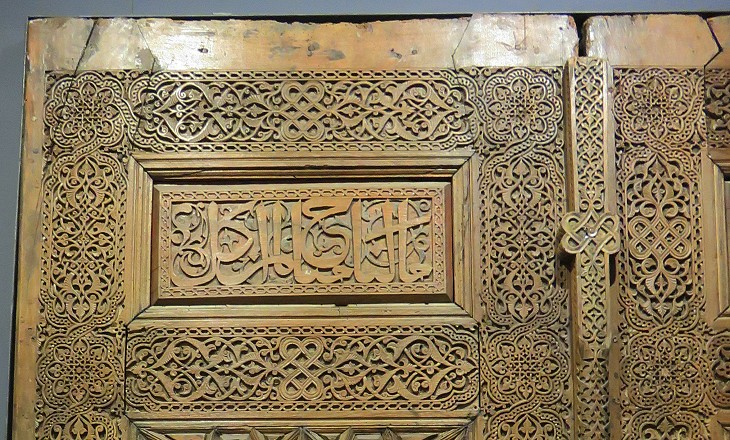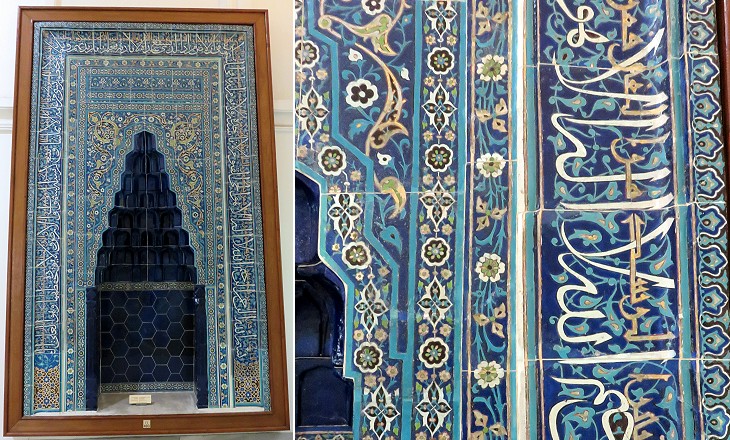  What's New! Detailed Sitemap All images © by Roberto Piperno, owner of the domain. Write to romapip@quipo.it. Text edited by Rosamie Moore. Page revised in May 2015. |
 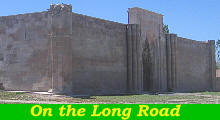 - Karaman - Karaman(Sultanhan) According to a traditional account Alaeddin Kayqubad, Sultan of Konya assigned Karaman (which was then known as Laranda, its Greek name) to the Karamanogullari, a clan coming from Azerbaijan. This account is most likely a tale invented at a later stage by the rulers of Karaman to support their dynastic claims. Over time Laranda became known as Karaman and this name was used also by the Greeks.
The invasion of Anatolia by the Mongols in the XIIIth century and by Timur (Tamerlane) at the beginning of the XVth century were positive events for the Karamanids (the dynasty who ruled Karaman). The first invasion undermined the power of the Sultans of Konya, the second one weakened that of the Ottomans who had established a powerful state in western Anatolia and in the Balkans. The Karamanids controlled the Mediterranean coast from Antalya to Silifke and they built a strong fortress at Cape Anamur (Mamure Kalesi).
In 1468 Ottoman Sultan Mehmet II (the conqueror of Constantinople) waged war on the Karamanids and defeated them: their fortress at Karaman was destroyed. It was rebuilt later on by the Ottomans. The reconstruction made use of material from the previous fortress; here and there the walls show reliefs and inscriptions which decorated it.
The fight for supremacy in Anatolia between the Ottomans and the Karamanids often led to open warfare; the peace agreements which settled the disputes were usually strengthened by the establishment of family bonds. For this reason the Ottoman Sultan Murad I gave his daughter Nafise's hand in marriage to Alaeddin Bey of Karaman. The bride usually brought a very rich dowry. In 1382 a medrese was dedicated to Nafise in Karaman. The building follows the traditional plan of an arcaded courtyard with an iwan (niche) at each end. The monumental stone portal projects from the wall.
The decoration of the portal has many points in common with that of Gok Medrese at Sivas, a building which was regarded as an architectural masterpiece. The image used as background for this page shows a detail of the decoration of a small portal inside the medrese.
Alaeddin Bey was buried in a turbe located a few yards from his wife's medrese. The mausoleum has the pyramidal roof which characterizes Seljuk architecture. A turbe with such a roof is called kumbet. When the roofs are not excessively pointed, storks choose them for their nests.
Ibrahim Bey II ruled Karaman from 1424 to 1464. In 1443-44, when Sultan Murad II was fighting against a Christian alliance in Bulgaria, he attacked the Ottomans in Anatolia and seized Ankara. He then had to face Ottoman vengeance and he was forced to accept a humiliating peace. The complex he built in 1433 is one of the last monuments of the Karamanid period.
Mevlana Jalal-ad-Din Muhammad Rumi, the founder of the Mevlevi Order, known as the Whirling Dervishes, spent his youth in Karaman. His mother died in this town and her tomb was moved in 1370 to a mosque near a tekke, the building where the members of the Dervish brotherhood gathered for spiritual retreat. After the establishment of the Republic of Turkey in the 1920s, many religious buildings were confiscated and used for other purposes. The small mosque built in 1356 by Seyfeddin Hacibeyler is now a public library.
Muhammad Rumi wrote all his works (which include many poems) in Persian, not just because his family came from that country, but also because Persian was the literary language used in Anatolia. In 1277 Karaman Mehmet Bey decreed that Turkish was the official language and that it should be used in all circumstances. Yunus Emre is one of the first poets who composed works in the spoken Turkish of his time (ca. 1238-1320) and for this reason he is regarded as one of the founders of Turkish Literature. The decree by Mehmet Bey did not eradicate Persian from Turkey and not even from its own state. This actually occurred in 1928 when the Latin alphabet replaced the Arabic-based Ottoman Turkish alphabet. Many words of Persian or Arabic origin were removed from the language, while others were borrowed from French (plaj - plage - beach), Italian (lokanta - locanda - inn/small restaurant) and German (otoban - autobahn - highway). It is thought that Yunus Emre was buried in a Dervish complex built in the XIVth century.
After the Ottoman conquest Karaman lost most of its importance and it became a minor provincial town. So there are not many buildings of the Ottoman period. Yeni Minare Camii was built in 1522 by the local governor. Karaman retains several old hammams, many of which are still being used.
Hisar (Castle) Camii is another small mosque built in the Ottoman period (1547). It retains a well kept old graveyard.
Karaman gives its name to the Karamanlides, people living in its region who spoke Turkish and were Greek Orthodox. Their ethnic origin is uncertain: however they were regarded as Greeks in 1923 when Turkey and Greece agreed on an exchange of population. It was based on religious background, rather than spoken language. The church shown above was turned into a mosque; now it is deconsecrated and used for temporary exhibitions.
Introductory page Konya Mut and Alahan On the Way to Nigde Nigde Kayseri Cappadocia Sivas Divrigi Map of Turkey with all the locations covered in this website  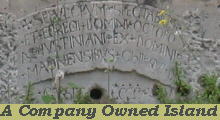 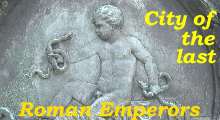 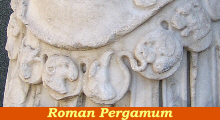 |
